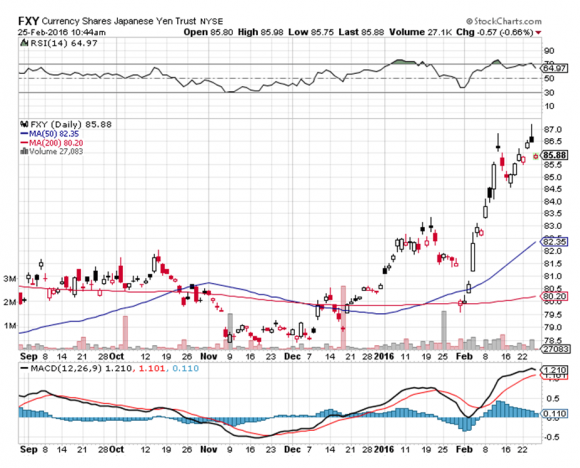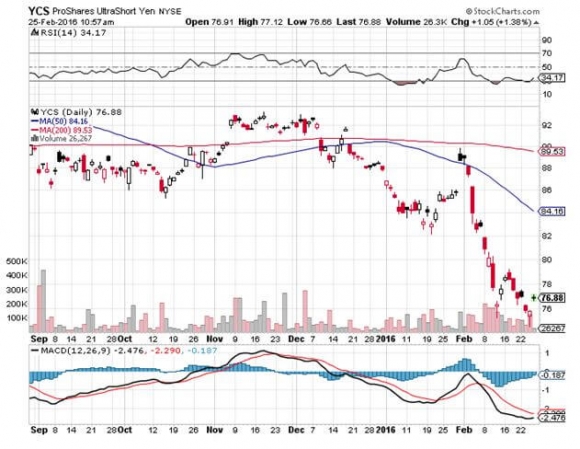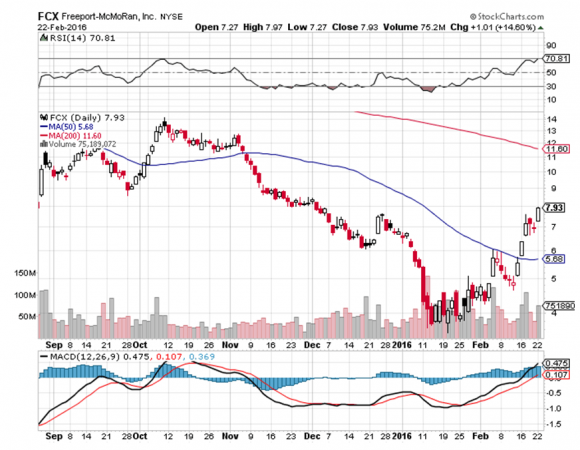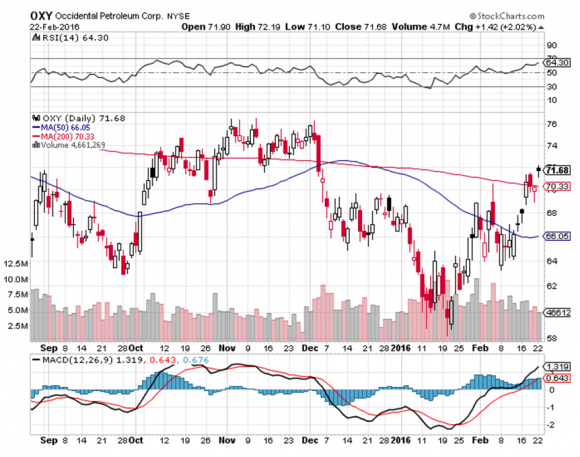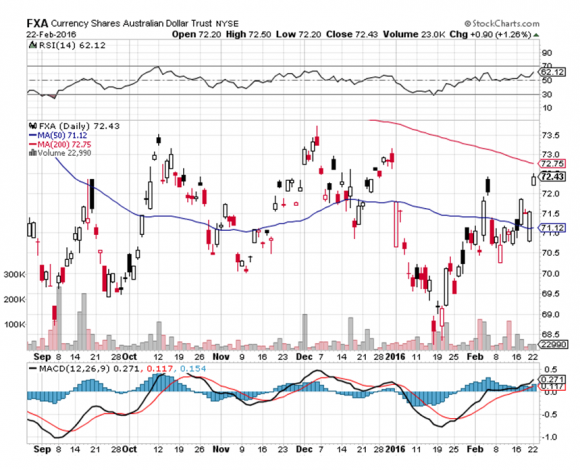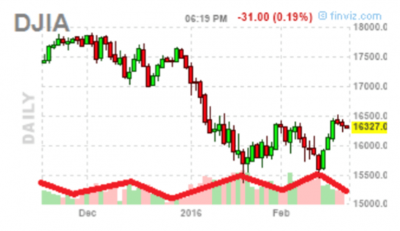Yes, it seems like it was only yesterday. But as of February 1 the Diary of a Mad Hedge Fund Trader has been going out to idea hungry investors now for eight long years.
And what an eight years it has been!
So I will take the opportunity to explain the murky history of this august publication, which is now visited by thousands of readers every day from 137 countries around the world.
I am weak in Mali and North Korea, but am working on that, as soon as they get electricity.
Way back in mid 2007, I was toying with the idea of launching another hedge fund, and started emailing global macro ideas to a list of potential investors. This grew into a daily commentary.
However, I was soon to discover that the regulatory and legal costs of launching a new fund had risen astronomically since the last time I did this in 1989.
The competitive environment had also changed dramatically. When I first started, there were only 20 hedge funds. Now there were 10,000, many with marketing teams in the dozens targeting large institutional clients and pension funds.
The bottom line was that it would cost a minimum of $10 million to get started, and I needed to raise at least $500 million in assets just to break even.
In other words, it was a young man?s game.
So I decided to post my comments on the Internet and see what happened.
Something happened.
First, I had to come up with a name. A quick search at the US Copyright Office records revealed that every possible combination of ?trading?, ?hedge fund?, ?macro?, and ?research? was already taken.
So, I modified the name of an obscure and long forgotten 1970 Alice Cooper movie, ?Diary of a Mad Housewife.? My friends laughed, so I ran with that.
Then, I had to build a website. After obtaining offers from professional website developers to do this for hundreds of thousands of dollars, I decided to try it myself.
With mere teenagers accomplishing this, how hard could it be?
So I spent $5 and bought a used copy of Website for Dummies from Amazon. My goal was to see if I could launch a profitable Internet business for free.
Months of laborious programming followed, where I literally constructed the site on a trial and error basis. Another $5 investment brought a copy of Online Commerce for Dummies. That got me into the arcane world of merchant accounts, search engine optimization, and SSL certificates.
I almost pulled it off. My total up front costs for the launch of the Diary of a Mad Hedge Fund Trader came to $500.
Finally, I put the letter up for sale on February 1, 2008 for $29 a month. I sold one subscription. I thought ?This was the height of hubris for me to think that someone would pay me money for my ideas on the Internet.?
Then a funny thing happened.
Other financial newsletters started stealing my stories. So I developed a business model that encouraged and profited from stealing.
I started posting pieces on sites that then linked back to my own website, like Seeking Alpha, Business Times, Huffington Post, and Zero Hedge.
It also helped that I got a hold of Google?s 50 page long patent for their search engine, and figured out how to make my site unusually sticky and discoverable by searches.
Traffic started to build.
Then in 2010, I decided to enhance the product. Readers were raving about my trading recommendations, so I decided to create a premium Trade Alert service for $2,000 a year. This was quite a leap of faith, as the price then was $499 a year.
This would give followers the exact details they needed to execute on my ideas, including price, number of contracts, ticker symbols, and potential P&L?s.
The idea was to make subscribers feel like they were sitting at the desk of a top hedge fund trader. We launched the product on November 1, 2010.
I was thinking that I might sell a dozen subscriptions by the end of the year. So I didn?t bother to build an online store, expecting to create one when the traffic grew.
I asked buyers to send checks instead.
Oops!
A week later, I happened to be driving by the post office, so I thought I would stop and pick up the mail. The postal clerk asked me to bring my truck around the back. I said I didn?t have a truck.
Some five minutes later, three out of shape postal workers were dragging a 50-pound mail sack across the floor. It was all for me.
I couldn?t believe it.
To make a long story short, we took in 6,000 checks for $2,000 each over the following three months. It was one of the greatest Internet marketing miracles in history. My $500 investment had suddenly turned into $12 million. Overnight, I become a part of Internet lore.
My entire family spent their Christmas vacation opening up letters and manually entering names and email addresses into an excel spreadsheet.
Then something even more amazing happened. Many checks came with effusive letters of thanks. Much to my amazement, readers had been making hundreds of millions of dollars in profits trading off of my advice.
I had no idea.
I learned of college educations I had funded, mortgages paid off, parents retired early, and uninsured chemotherapy treatments for kids paid off.
Some letters brought tears to your eyes, others laughs. I particularly remember the guy who thanked me for his new Toyota Tundra pickup truck, the luxury trailer that slept eight, the camos, and the AR-15. He was going to visit me on his first cross-country trip.
He did, and I still live to tell about it.
The problem then arose of what to do with the checks. My main bank was then in Las Vegas. I didn?t trust FedEx or UPS, so I stuffed $12 million in checks into a backpack and headed for the airport.
Standing in line, I wondered if the metallic strips on the checks would set off the metal detectors. What was my explanation to Homeland Security going to be as to why I was carrying $12 million in a backpack? Was this all some kind of elaborate money laundering operation? Was I a mafia courier headed for Vegas?
In then end, nothing happened. False alarm. Wild imagination.
Once in Sin City, I took a taxi straight for the bank. No, I was not tempted to head for a casino.
I dropped the backpack at the teller?s window and said ?Please deposit these, I?ll be back.? They said ?Oh no, you can?t go anywhere. You have to stand here and watch us individually deposit each and every single check.?
They put two clerks on it, and it took eight hours. Minutes before closing, they handed me back a fist full of checks, that were unsigned, undated, or made out to me personally. I closed my account there shortly thereafter.
We have since used every opportunity to add services and functionality for subscribers. It?s all about getting you, the customer, to make more money.
I added staff around the world. The text alert service, although expensive, accelerated the Trade Alerts to the speed of light, globally. Hedge Fund Radio made its debut. Then came the travel videos, which I promise to add to when I have time.
We are still growing, and looking for new ways to grow. I am always looking for ways to improve the product. Here next to Silicon Valley they like to say that ?As soon as you think you?re finished, you're finished.?
So true, so true.
Looking at my early letters can be quite amusing.
I strongly recommended that everyone protect their assets by piling into gold (GLD) at $900 an ounce (it went to $1,927). I also suggested traders sell short the dollar against the Euro at $1.40 (it went to $1.03).
There is also mention of Microsoft?s bid for Yahoo at $31/share. Jerry Yang later turned down the offer, and the stock plunged to $8, vaporizing $22 billion of market capitalization. It was one of the worst business decisions in history.
Does the quality of any of these tips sound familiar?
Finally, I want to thank the thousands of subscribers who have supported my research over the years and supported a lifestyle that would make Jay Gatsby envious.
Regards,
John Thomas
The Mad Hedge Fund Trader




